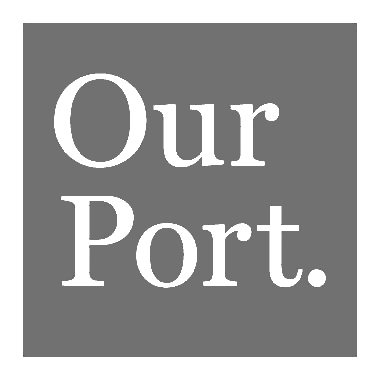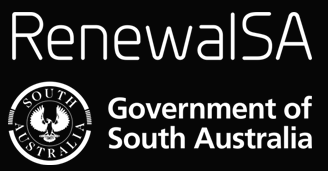Tauto Sansbury's Memory of Working on the Docks
Tauto Sansbury
Work was plentiful then. If you were looking for a job you’d get one.
Everything was in bags - fertiliser, wheat, barley, salt from Pine Point, gypsum from Stenhouse Bay and from American River on Kangaroo Island. I was lumping for a while, and did some work on the ketches. I worked on the Ulonga, my Uncle Cyril was working there. I did some trips on the Reggie M with my mother's brother worked. The Reggie M was nice in summer but in winter it was terrible because it didn't have a wheel house, you just held on for dearest life.
When we weren't on the boats, we'd be lumping at the Wheat Board or Barley Board building stacks. You’d have four people, one on each corner building the stack. The bag would come up on a conveyer belt and you'd need to know how to carry it so you didn't need to move too much and make it easy on yourself.
We'd go to Frickers Corner to see if we could get work. Most days it wouldn’t be long before someone pulled up in a car and asked you to work. Work was plentiful then. If you were looking for a job you’d get one. It was pretty scary loading gypsum, they used a crane with a big open grabber – you were down in the hold shovelling into where the grabber mouth came down. It was like rough sand. Everything else was in bags, but gypsum was just tipped into the hold.
I worked on the ketches, and when you were sailing, you did your shift of 3-4 hours of steering while everyone else was asleep. We had a cook - my uncle used to do all the cooking. The skipper Baggy Bill Webster made sure the engines were running and we were on course. One of the great things is that we learned to steer by the stars, and when you headed out of the Gulf to Port Lincoln, it was nice and peaceful. There were small crews, only two men and the skipper.
You had the Ulonga in the Port here, the Reginald M, the Nelcebee, the Falie, the One and All, the Annie Watt, the Stormbird, there was a lot of work then. There was a nice boat called the Morara that was sold to Point Pearce and eventually sank off of Wardang Island. It didn't get maintained, it sat too long in the water.
I lumped at Adelaide and Wallaroo Fertiliser as well. I learned to lump when I was a young man, working with a lot of Aboriginal and non Aboriginal people. The wool was in big bales, we had hand trolleys with a big hook. There were about 20-30 good Aboriginal men and a lot of good whitefellas who worked there - we did all the stowing (loading) and slinging (unloading) and lumping.
I did a lot of work in the wool stores; there was plenty of work. When the season was on, you'd work to 10 o'clock at night. That's why the rush was on for 6 o'clock closing at the pubs, they'd take a break and rush to the Britannia for smoko, knock down about 3 or 4 pints, and head back to work.
The wharf sheds were full of stuff that came over on the ketches, such as salt. Barley and wheat would be taken straight to the Barley Board and Wheat Board to build stacks. The gypsum was loaded onto trucks just east of the Birkenhead Bridge. We'd unload the salt at the end of Todd St.
You'd have people working in the hatch, doing the slinging, unloading. You'd have two people stacking them on the truck, and then they'd take it to the Barley Board and Wheat Board and build the stack straight away. So there's be two in the hold, two on the truck, four on the stack and one guy on the conveyer belt, putting them onto the belt. When you were lumping super and barley the sacks would come down a chute so you'd need to know how to stop them. You had to be a good lumper to make sure you carried your weight. It was full on until the loading of the truck or train was finished.
Tauto Sansbury








